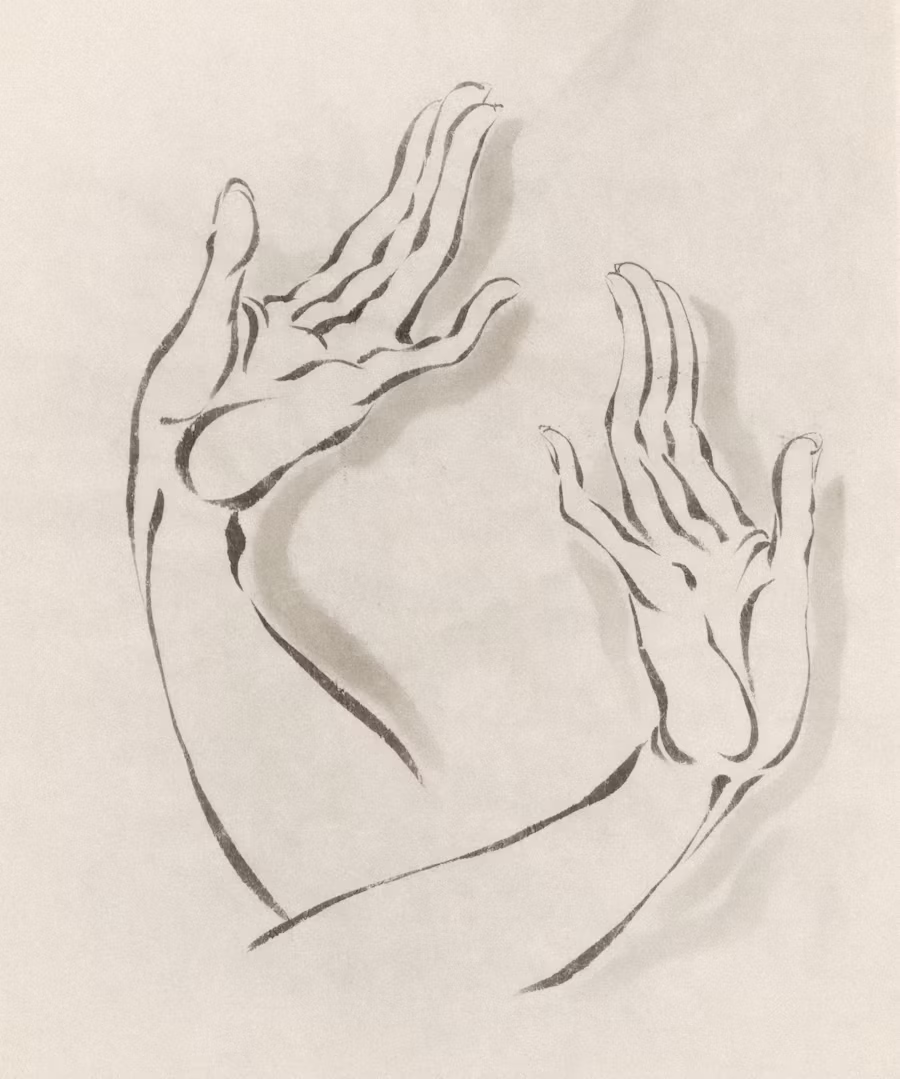
Hands are more than just tools; they are storytellers, guides, and connectors. Through gestures, we express emotions, emphasize meaning, and communicate across cultures. A wave, a handshake, or a gentle touch on the shoulder can speak louder than words. But for blind individuals, hands do even more. They become their way of seeing, mapping out the world through touch, texture, and movement.
For those without sight, the fingertips act as eyes, tracing the edges of an object to understand its form, feeling the grain of a surface to recognize its texture, or running over Braille to absorb information. Every movement is an interaction with the world, a conversation between the hand and the object it encounters. A blind person reading Braille experiences words not as ink on paper, but as a physical landscape of raised dots, bringing meaning to life through touch.
Gestures are constantly evolving alongside society and technology. A clear example of this is how the gesture of holding a phone has changed across generations. While older people still mimic the shape of an early mobile phone, with a curved hand and extended pinky and thumb, younger generations hold an open palm flat to their ear, reflecting the smooth, screen-based experience of modern smartphones. This shift shows how our physical interactions adapt to new tools and ways of communicating.
But as gestures change, could our perception of touch evolve as well? Could we begin to see touch not just as an aid to vision, but as a deeper tool for exploration, understanding, and connection—just as blind individuals do?
For them, touch is not passive but active, and it is not just about feeling, but about knowing. The way a blind person runs their hand along a surface is not just to register texture but it is to interpret, to recognize, to orient themselves. It is a way of experiencing the world, engaging with it through a language built on sensation rather than sight.
If we embraced touch with the same depth, could we develop a richer connection to the world around us? Could we learn to explore objects, spaces, and even emotions in a more physical, intimate way? In a time where so much of our experience is digital and distant, perhaps reconnecting with the sense of touch, by truly feeling the world around us, could bring us closer to a more profound way of experiencing reality.

No comments.